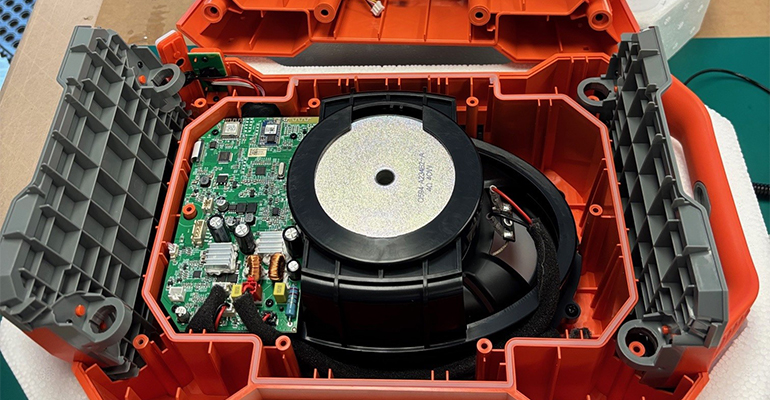By assembling products domestically, companies can often avoid the higher tariffs imposed on fully assembled imports. For instance, while individual components might be subject to lower tariffs, the finished products could face rates as high as 25%. This approach allows businesses to import parts at lower costs and complete the assembly in the U.S., thereby reducing overall tariff expenses.

Reshoring Strategies That Drive Success
Relocating consumer electronics assembly to the U.S. can be a strategic move to mitigate tariff-related challenges. Here's how this shift can be beneficial:
"Tariff engineering" involves modifying a product's design or assembly process to fit into a different tariff classification with lower rates. By adjusting where and how products are assembled, companies can change the country-of-origin designation, potentially qualifying for reduced tariffs or exemptions.
Domestic assembly can lead to a more resilient supply chain. Relying heavily on overseas manufacturing, especially in countries subject to fluctuating trade policies, can expose companies to sudden tariff hikes and supply disruptions. By assembling products in the U.S., businesses can better navigate these uncertainties and maintain more stable operations.
For businesses aiming to secure government contracts or appeal to consumers prioritizing American-made products, domestic assembly can be advantageous. Products assembled in the U.S. are more likely to meet "Buy American" standards, opening up additional market opportunities.
Let's Find the Right Path for You
Relocating consumer electronics assembly to the United States offers more than just a way to sidestep tariffs — it's a strategic investment in stability, flexibility, and brand value. By reducing tariff exposure, leveraging tariff engineering, strengthening supply chain resilience, and aligning with "Buy American" preferences, companies can transform trade challenges into competitive advantages.